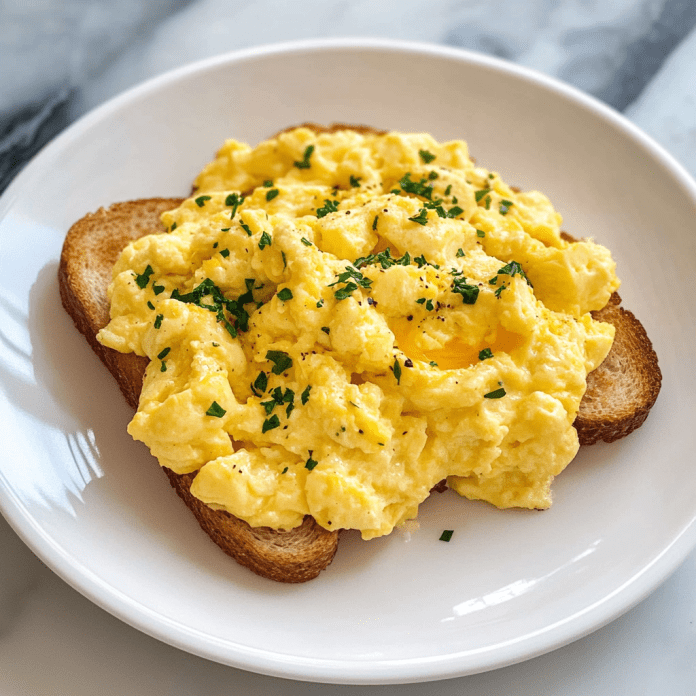Scrambled eggs might seem simple, but perfecting them is an art. They’re the quintessential quick breakfast for anyone from cooking novices to busy morning warriors. However, achieving that light, fluffy texture with rich flavor isn’t just about tossing eggs in a pan. Ready to elevate your scrambled eggs? Here are seven essential tips to ensure you cook up the perfect batch every time.
- Opt for a Non-Stick Pan
A non-stick pan is crucial for scrambled eggs. It prevents the eggs from sticking and tearing, ensuring clean and easy cooking without leaving half your breakfast in the pan. - Crack Eggs into a Bowl First
While it might save a minute, cracking eggs directly into the pan can sacrifice fluffiness. Instead, crack them into a bowl, whisking well to incorporate air, which is the secret to that sought-after fluffy texture. - Add a Splash of Water
Contrary to the common practice of adding milk or cream, a splash of water is the real game-changer. Water turns into steam as it cooks, working its magic to create wonderfully light and airy eggs. - Low Heat is Key
Resist the urge to speed up the cooking by turning up the heat. Cooking eggs over low heat helps them cook evenly, maintaining moisture and preventing a rubbery texture. - Perfect Your Scrambling Technique
The way you scramble affects the egg’s texture. For larger, softer curds, use long, sweeping strokes with a spatula. For finer curds, stir quickly and continuously. The right technique will yield tender, creamy eggs. - Finish with Butter for Richness
Incorporate a small knob of butter towards the end of cooking. This adds a luxurious, creamy texture and enriches the flavor, making your eggs taste indulgent. - Season at the End
Adding salt too early can draw out moisture and toughen the eggs. Instead, season them when they’re almost done to enhance flavor without affecting the tender texture.
Bonus Tips for Mastering Scrambled Eggs
- Use Fresh Eggs: Fresh eggs not only taste better but also have a firmer structure, contributing to better texture.
- Don’t Overcook: Remove eggs from the heat when they still look slightly underdone; they will continue to cook with the residual heat.
- Keep Stirring: Consistent, gentle stirring during cooking ensures even heat distribution and prevents overcooking.
FAQs for Upgrading Your Scrambled Eggs
- Why are my eggs rubbery?
Rubbery scrambled eggs often result from high heat. Cook them on low, and don’t overcook. - Can I use oil instead of butter?
Yes, oil can be used, but butter provides extra richness and flavor that oils can’t match. - When are scrambled eggs done?
They should still look slightly glossy and undercooked when you turn off the heat. They will finish cooking with the residual heat after serving. - What’s the best way to reheat scrambled eggs?
Gently reheat them on the stove with a touch of butter or water to keep them moist. - Do I need a whisk?
A fork will work in a pinch! Just ensure you whisk vigorously to fully combine the yolks and whites for the best air incorporation.
With these tips, you’ll turn a simple dish of scrambled eggs into a gourmet experience that’s fluffy, creamy, and irresistibly delicious. Next time you’re in the kitchen, try these strategies and elevate your breakfast game to impressive new heights.


